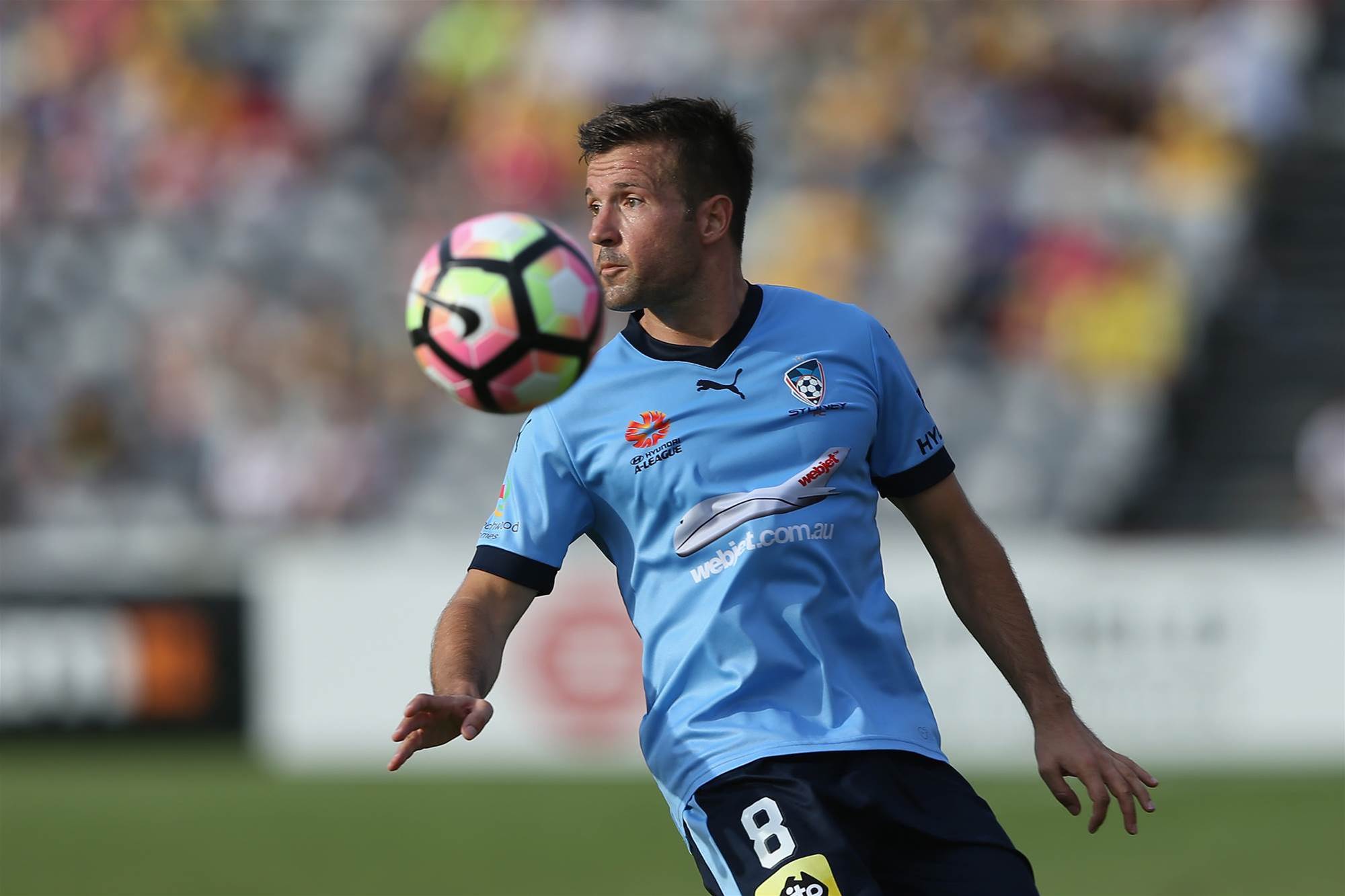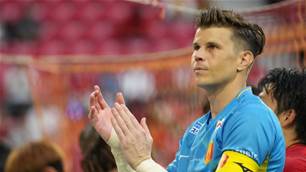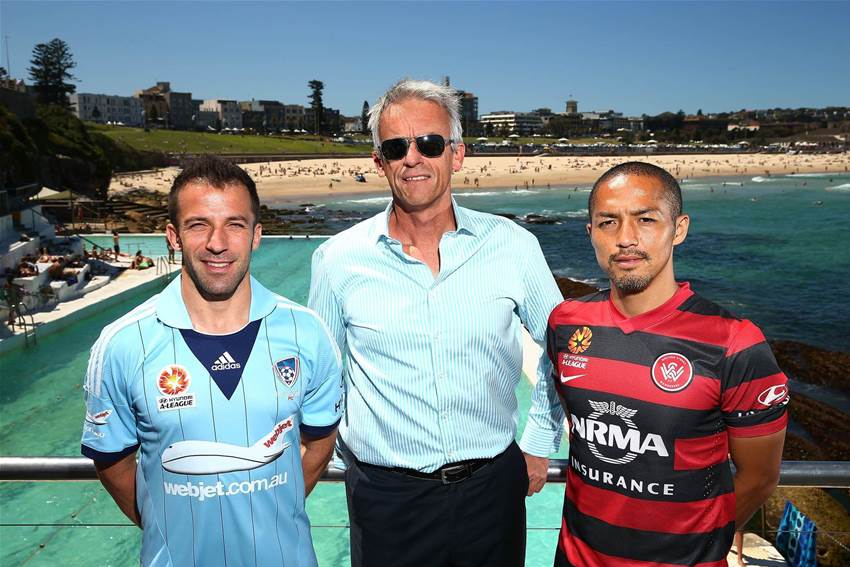The A-League has one of the most generous foreign player allowances in Asia, with up to six imports permitted per side. But does our league’s quota raise the quality of Australian football, or deny opportunities to Aussie youth?
A-League clubs are currently able to bring in experienced, quality foreigners for wages that fit within the salary cap. Under a new system, trying to replace these foreigners with Australians of the same quality could be unsustainable.
However, it’s becoming increasingly difficult for A-League clubs to continue bringing in cheap, quality imports. Across Asia, Europe and the Americas, rapidly increasing club budgets are enhancing competition for foreign players.
It’s no better looking to our own backyard, where soaring salaries are putting desirable Asian talent out of the A-League’s reach. When considering the worth of the 3+1 rule, it’s important to contemplate the money that’s increasingly being invested into Asian scouting networks, which could be invested in academies or coaching development.
The recent closure of Football Federation Australia’s (FFA) Centre of Excellence started the decentralisation of youth development. This makes the role of clubs more important than ever, so perhaps it’s worth looking back to the NSL. There’s never been a more fitting time to implement changes that preference the development of Australian youth.
But if the foreign player quota is lowered, there will be downsides.

Take Milos Dimitrijevic as an example. He arrived in Sydey, dominated the league for a season, and then sat on the bench, taking a youth player’s position, and earning wages that could have potentially prevented two young Australians sidelining their development to get a full time job.
Perhaps Milos Dimitrijevic’s spot on Sydney FC’s bench last season could have been taken by a young Aussie footballer. But would Milos Ninkovic have joined Sydney had his countryman been forced to leave? And how important was Ninkovic to the subsequent development of Brandon O’Neill and Joshua Brillante?
Related Articles
.jpeg&h=172&w=306&c=1&s=1)
Socceroos prodigy returns to A-League after horror run

Star keeper's exit heralds hero's return at A-League giant













